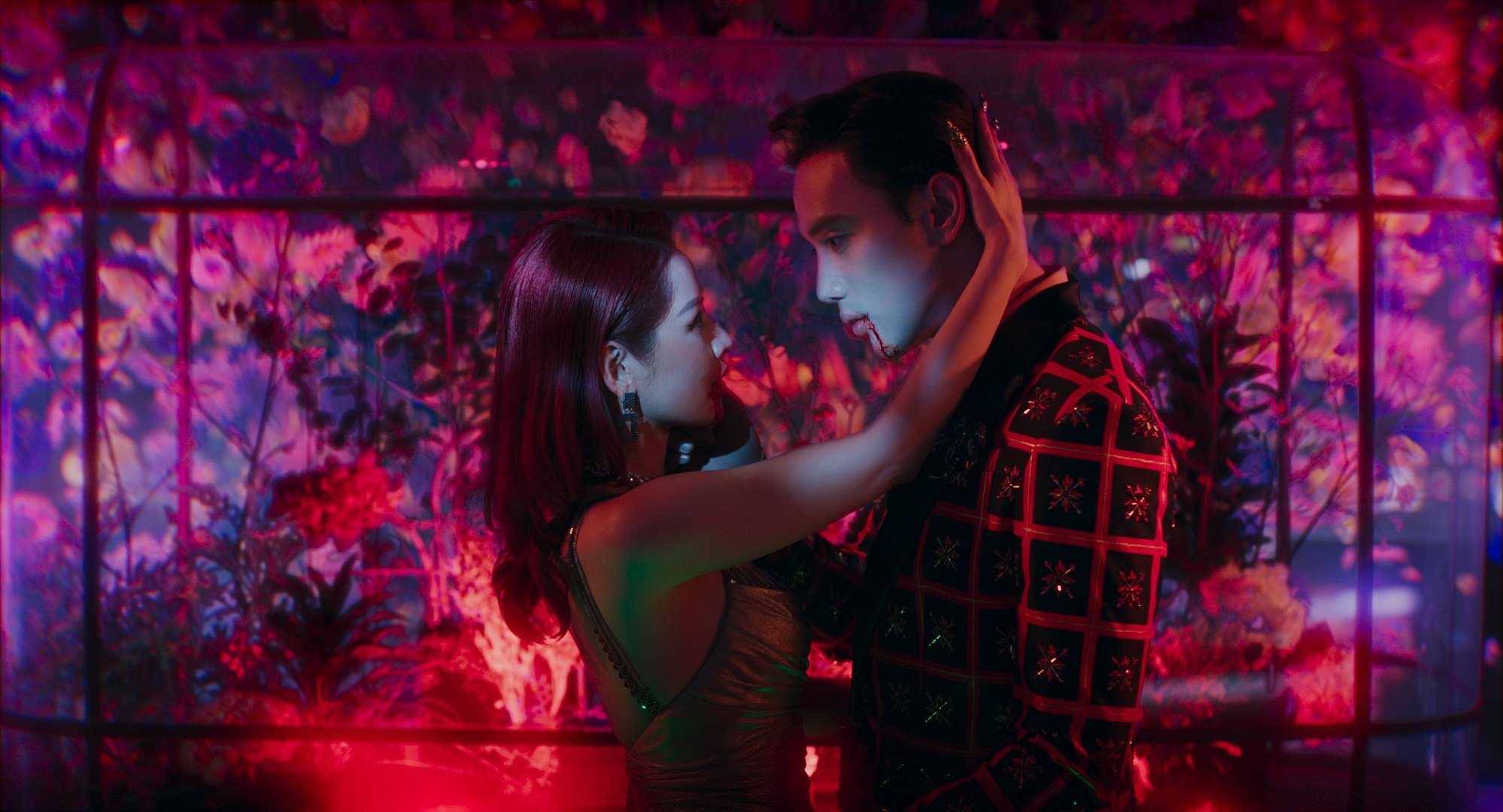"ALICE’S LULLABY" – Was It Worth The Wait? (REVIEW)
Image: Ape Law
Back in 2015 an Indie developer, Ape Law, released a surreal horror game called Albino Lullaby. It stood out with its nightmarish design and oppressively bleak atmosphere. The story itself was vague, to say the least, but speculation from the few hints and notes fuelled intrigue among its fans.
Image: Ape Law
Initially sold as Episode 1 of 3, Ape Law ambitiously pre-sold the other two episodes, promising their release within a few years. In hindsight, you could be extremely charitable and call it ‘misguided’. As the years stretched on, long past the speculated date, the developer’s updates became less frequent and turned into apologies. Insistent that the next episode was still in development, and would see a release eventually, they began to rapidly shed fans and goodwill. The most pragmatic simply accepted the loss. Indie developer pre-orders and crowdsourcing failed all the time. Others started calling it a scam.
Nine years after the first game’s release, the promise from Ape Law was finally fulfilled with Alice’s Lullaby, and initially, I felt only a sigh of relief. However, after playing this long-awaited sequel, I found it was more or less what I'd hoped for. Some questions are answered, further questions are raised, and all of it is wrapped in a surreal nightmare of phantasmagorical visuals.
Though it might technically be considered a stealth game, there is little to no penalty for messing up the stealth. You can run twice as fast as the majority of the enemies. Most of the time you try to gather as much of the layout until you get spotted, and then sprint for where you think is the exit. This does however appear to be by design, as there are numerous set pieces where you aren't even given the option to sneak and you are expected to take a running tour of the level, occasionally taking a detour to collect another expository note.
What breaks this pace is quest markers being given obtrusively by removing camera control from the player and panning across the level to directly show an objective. This regularly damaged the atmosphere, while simultaneously disincentivizing exploration. It gave the feeling that they had no faith in their level design or narrative indicators. This is confusing because the level design flowed well and the narrative and notes did a good job of leading the player to where they needed to be. There was simply no need for these immersion-breaking cutscenes.
Visually the game is a considerable expansion on the first game’s surreal, Victorian decrepitude, giving much more landscape to awe over. Where the first game was largely a series of corridors and caves, the new game expanded out to an explorable underground town. This includes a handful of personalised mansions to introduce the ‘Siblings’ responsible for the subterranean nightmare.



The game is not inherently bad, but it definitely feels like a compromise was made between making the depth of game they wanted, and it actually ever seeing the light of day. The first half of the game starts out strong, but gradually each set piece feels more rushed than the last. The final level was nothing more than a pure walking simulator, removing what little gameplay had been throughout.
Still a decent continuation of the story and I only hope we don't have to wait another decade for the next chapter.
Image: Ape Law
Stay up to date with “The Dark Side Of Pop Culture” by following Macabre Daily on Instagram, Facebook, and Twitter.


















